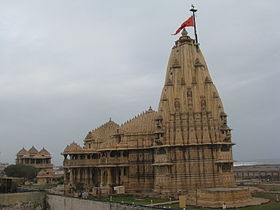Juna Khan Khilji commonly known by his
title as Ala-ud-din Khilji ( died 1316), was the second ruler of
the Turko-Afghan Khilji
dynasty in India. He is considered the most
powerful ruler of the dynasty, reigning from 1296 to 1316.
title as Ala-ud-din Khilji ( died 1316), was the second ruler of
the Turko-Afghan Khilji
dynasty in India. He is considered the most
powerful ruler of the dynasty, reigning from 1296 to 1316.
His historic
attack on Chittor in
1303 CE, and the folklore of him hearing of the beauty of queen of Chittor Rani Padmini, the wife
of King Rawal Ratan Singh and the subsequent story has been
immortalized in the epic poem Padmavat, written by Malik Muhammad Jayasi in the Awadhi language
in the year 1540.
attack on Chittor in
1303 CE, and the folklore of him hearing of the beauty of queen of Chittor Rani Padmini, the wife
of King Rawal Ratan Singh and the subsequent story has been
immortalized in the epic poem Padmavat, written by Malik Muhammad Jayasi in the Awadhi language
in the year 1540.



 After Patel's death, the rebuilding continued under
After Patel's death, the rebuilding continued under  The present temple is built in the
The present temple is built in the 